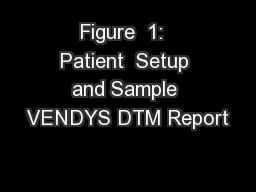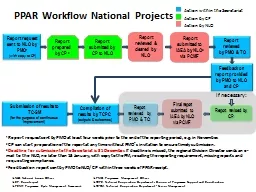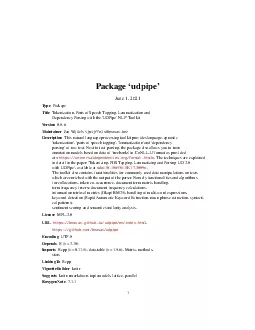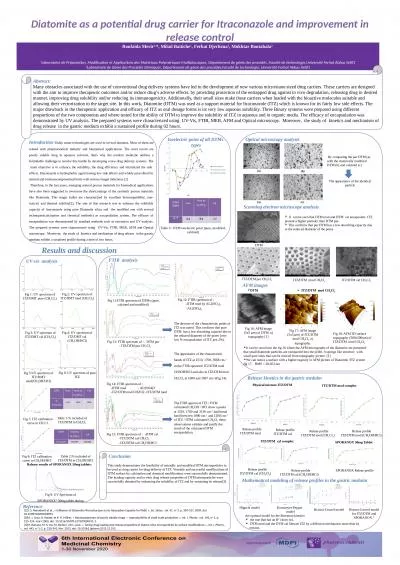PPT-Figure 1: Patient Setup and Sample VENDYS DTM Report
Author : briana-ranney | Published Date : 2018-10-30
Above Illustration of patient setup with temperature sensors affixed to both index fingers and blood pressure cuffs on both arms Below left A sample report screen
Presentation Embed Code
Download Presentation
Download Presentation The PPT/PDF document "Figure 1: Patient Setup and Sample V..." is the property of its rightful owner. Permission is granted to download and print the materials on this website for personal, non-commercial use only, and to display it on your personal computer provided you do not modify the materials and that you retain all copyright notices contained in the materials. By downloading content from our website, you accept the terms of this agreement.
Figure 1: Patient Setup and Sample VENDYS DTM Report: Transcript
Download Rules Of Document
"Figure 1: Patient Setup and Sample VENDYS DTM Report"The content belongs to its owner. You may download and print it for personal use, without modification, and keep all copyright notices. By downloading, you agree to these terms.
Related Documents














